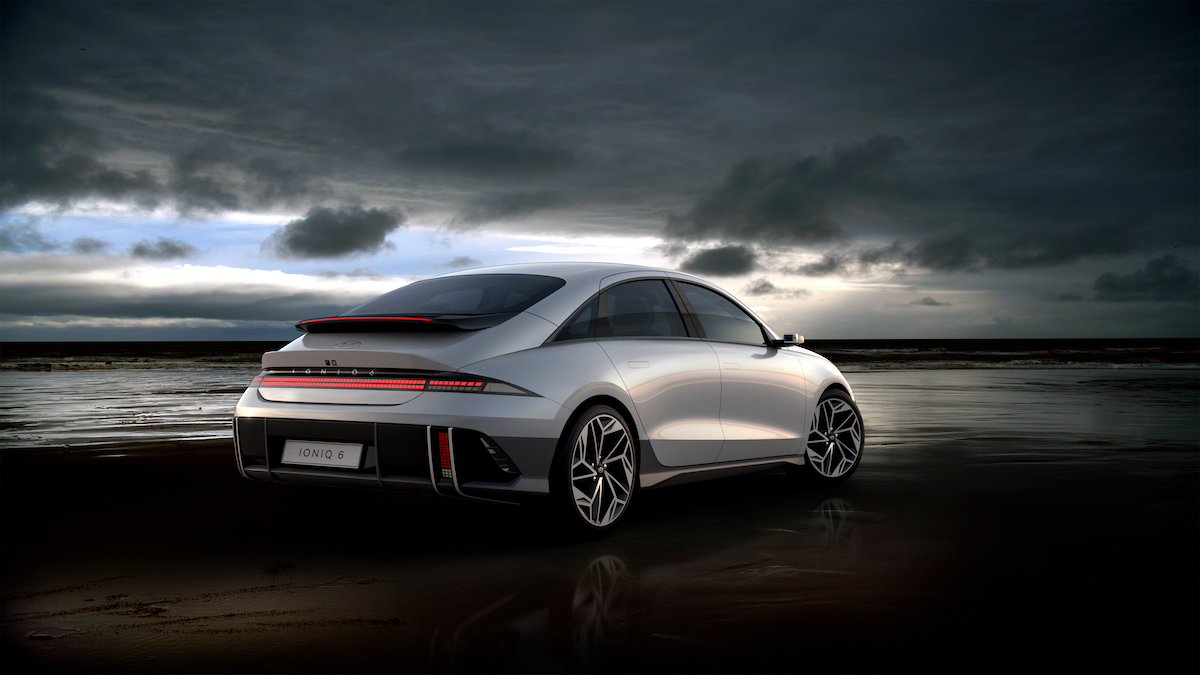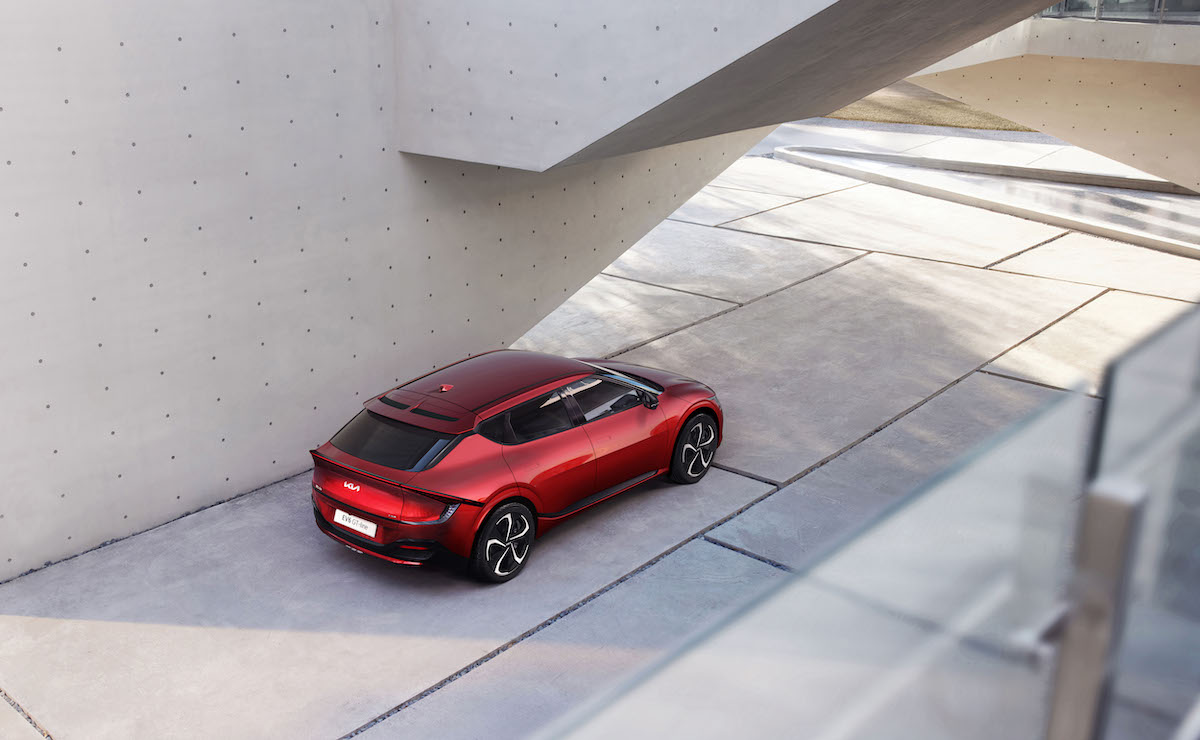Boasting a domestic market three times as big as Taiwan’s, South Korea’s Hyundai-Kia Automotive Group is climbing in global sales ranking. Last year, its sales volume reached third place in the world (behind Toyota and Volkswagen Group), surpassing GM, Stellantis, and other large automakers. In recent years, the group had developed multiple BEV models that sold like hotcakes in the Western market. Nowadays, South Korean car industry has put its Taiwanese counterpart in the shade, establishing its influential role in the global automobile industry. On the other hand, regarding the power battery industry of EVs, LG Energy Solution ranks number two in the global market share, while in South Korea’s domestic market all brands of EVs (BEV+PHEV) and FCEVs’ combined sales ratio has reached 7.2%, of which BEV alone contributed 5.6%; that’s not even taking hybrid's 12.9% sales ratio into account! Nowadays, South Korea is actively pushing the ban against ICE car sales from 2035, despite the carmakers’ lobbying to delay the bill till 2040. From these different perspectives, South Korea has clearly shown its strength in ambition and execution through the transformation of its car industry and the timetable of its ban against ICE car sales.

In a sense, the development direction of South Korea’s new energy cars is very similar to that of Japan, both taking a holistic approach, including BEV, PHEV, hybrid, and FCEV; which also signifies that “phasing out ICE vehicles” does not necessarily mean “zero carbon emission.” South Korean automakers’ product strategies clearly prefer grasping any business opportunities in global market, instead of marching towards the extreme goal of zero carbon emission. However, Chinese self-owned brands have been aggressively taking over Hyundai-Kia Automotive Group’s entry segment positioning in China, the world’s biggest single market, spurring the group to constantly improve its product competitiveness and adjust its pricing strategies. As a result, Hyundai-Kia Automotive Group has improved its brand value and market share in other markets, while compensating the slumped sales in the Chinese market. Case like these are perfect examples of turning crises into opportunities, which is why I think aside from Tesla and BYD, Hyundai-Kia Automotive Group was the most praiseworthy carmaker around the globe for in-depth case study in recent years. Looking back at the Taiwanese market, we can also recognize the rise of South Korean brands from the change in sales ratios: in H1 this year, South Korean brands’ combined sales ratio achieved 4.3%, a new record high in the past few years. With the increasing supply of the group’s BEVs, this number will be going up year over year.

As a whole, although South Korea’s microchip industry and ICT technology levels in the vehicle tech industry are not a match for Taiwan, its traditional automotive industry, battery industry, and the integration of design for the whole car of EVs puts Taiwan to shame. Of course, South Korean carmakers accelerate their technology advancement by acquiring professionals from Europe and the US; yet, in this free market, if Taiwan wishes avoid missing out in this new era of vehicles, it must be ready to utilize its existing advantages and take exceptional measures to expand its business opportunities.